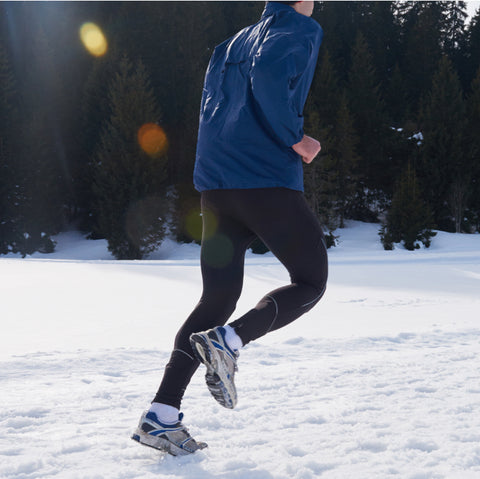Waterproof Outerwear
With the help of advanced technology, it is now easier to stay dry when faced with bad weather conditions. Utilising jackets made from waterproof and breathable materials is the first step towards staying dry so you can forget about the weather. In this guide, we will provide you with a comprehensive understanding of everything you need to know and clarify some of its technical terms.

Water Column
Water column (often abbreviated as WC), or water column pressure, indicates in millimetres how much water pressure the material can withstand before water penetrates it. Imagine placing a glass tube on a garment and refilling it with water. When you’ve filled the tube up to 15,000 mm, i.e. 15 meters, the water passes through the material. Then, the garment has a water column of 15,000 mm.
We test the water column of all waterproof materials in a lab and label them with the water column so you can quickly see how waterproof that particular garment is. Moreover, we go outside to test our garments in all weathers and seasons to ensure optimal functionality.
Breathability
Like water column, breathability is measured in a lab and indicates a material’s ability to release body moisture. It is measured in g/m²/24h, i.e. the amount of liquid, measured in grams, a square metre of fabric can release in a day. Lab testing is a good way to measure breathability, but is more complicated. Outdoor temperature, humidity, activity, rain, sun, everything affects a garment’s breathability. At Expio, we test the breathability of all waterproof styles in real life, from city life to coastal travel.
Breathable waterproof materials are made of an outer fabric, a laminated waterproof membrane sandwiched in the middle and often a third material inside the membrane for comfort. The outer material is durable and looks good; it is not waterproof but treated with a DWR (Durable Water Repellent), so it does not absorb water.
The membrane is the most waterproof part of the fabric and keeps the rain out. Most membranes have microscopic holes that keep the water droplets out but release the smaller particles from the body's water vapour.
It is these three layers that make a 3-layer construction. There are also products with two layers; these do not have an inner layer and often have a loose lining on the inside of the garment.

Garmentsare only as Waterproof as their Seams.
Despite the rapid evolution of performance fabrics over the last decade, many manufacturing technologies that promise protection against the elements fail to match modern fabrics' performance or impermeable qualities. Weak seams allow exposure to water and air, weak glue delaminates over time, and heat damage through tape application prohibits lightweight garment advancements.
Incredibly, there have not been any significant alternative options for seam construction since the invention of the sewing machine almost 200 years ago– until now.
At Expio, we have partnered with Stealth™ technology, utilising their patented sonic and high-frequency processes to precision weld Expio’s bio-nylon styles.
Stealth™ are the leading global manufacturing experts in performance gear and have developed a patented seam welding technology that removes the need for stitching. The technology results in tougher, warmer seams that are more durable for longer-lasting products that protect from the harshest elements. This expertly engineered welding process uses no stitching, external heat, or glue. This results in performance wear that is 50% stronger, 90% warmer, and has half the thickness of traditional seams, which, for the first time, enables lightweight fabrics to be welded without damage.
Combining highly waterproof and breathable fabrics with Stealth Seaming technology delivers world-beating performance.

